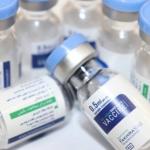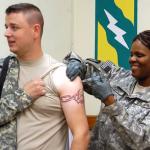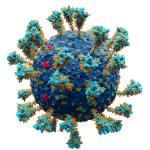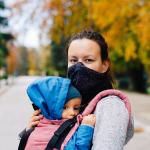The folks at City Journal must not be aware of the Rule of Holes, “When you’re in a hole, stop digging.” Their contributors continue to make insupportable, easily disproved claims about the supposed lack of
masks
There have been more than 111 million cases of COVID-19 in the United States, which caused about 1.2 million deaths, a calamitous public health episode by any measure.
Armando Simón, a retired psychologist, attempted to rebut an
Join host Cameron English, Dr. Chuck Dinerstein and Dr. Barbara Billauer as they break down these stories on Episode 58 of the Science Dispatch podcast:
The study, reported in the American Journal of Medicine (AJM), is a meta-analysis of articles posted in “the voice of the CDC,” its weekly Morbidity and Mortality Weekly Report (MMWR). The indictment being made is that for the MMWR reports:
It is not uncommon for legislators to introduce bills that they know won’t pass, but that have symbolic value of some sort, like renaming a bridge or freeway to honor a constituent. Every so often, however, they propose something that is so c
I can’t believe we’re having this discussion in September 2023, just as the fall respiratory virus season commences and we're experiencing a new wave of COVID-19, but the politicizers of COVID won’t let up.
Have you ever noticed that when you misplace something, it is always found in the last place you look? Of course, that is because you then stop looking. Psychologists have a term for similar intellectual behavior, confirmation bias.
Join host Cameron English as he sits down with Dr. Chuck Dinerstein to break down these stories on Episode 39 of the Science Dispatch podcast:
Virtually all infectious disease experts and epidemiologists would unhesitatingly agree with the headline of this article, and yet there are some armchair experts who demur.












